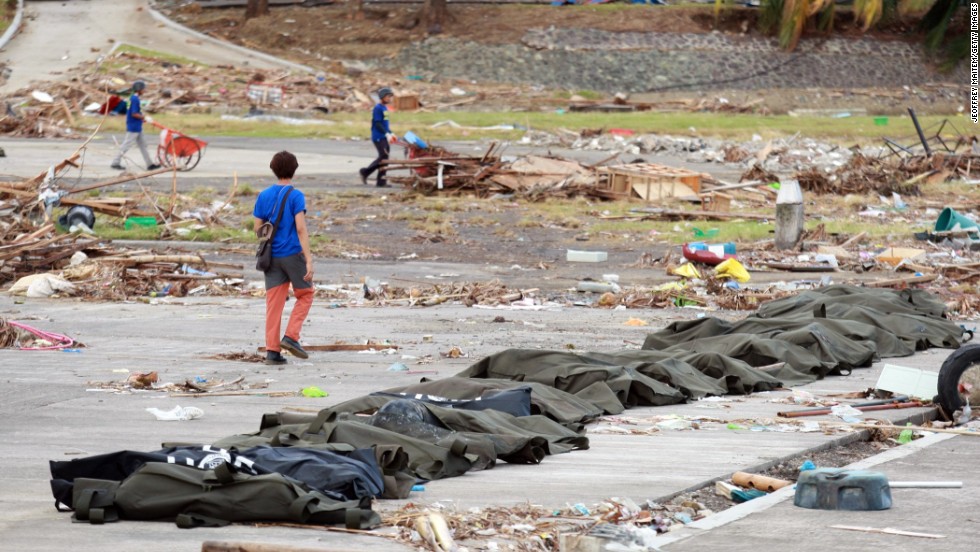The Development Academy of the Philippines (DAP), as the Asian Productivity Organization Center of Excellence on Public Sector Productivity, organized a free webinar series on knowledge management (KM) principles and processes in the public sector on August 11, 12, and 13. The series is part of the second season of Public Sector Productivity Webisodes, an initiative to raise awareness on relevant productivity and innovation topics and help mobilize public sector organizations.
Jon Del Rosario, supervising fellow and professor of Knowledge Management and Quality Management of DAP Graduate School of Public and Development Management, facilitated the first two installments, which provided a general overview of knowledge management and its application in the public sector. For the last episode of the series, Dr. Enrique Tayag, director of the Department of Health’s Knowledge Management and Information Technology Service, shared his office’s knowledge management experiences during the new normal.
Knowledge Management in the Public Sector
Del Rosario defined knowledge management as the management of the environment and the organizational and individual processes that assure that the application or use of knowledge produces the results that provide value for stakeholders. On the organizational aspect, this involves the acquisition or creation, storage, access and retention, transfer, application, and continual improvement of knowledge. Individual processes in KM, on the other hand, entail knowledge reflection and internalization, externalization and integration, and sharing and validation or revision.
The first day of the series, entitled Introduction to Knowledge Management in the Public Sector, mainly revolved around the basic concepts related to knowledge management. Del Rosario explained that the practice of knowledge management centers on ensuring that knowledge is used or applied, shared, and retained by those who work for and interact with the organization.
The speaker also stressed the importance of knowledge management in every organization. He noted that most, if not all, work in organizations is enabled by knowledge. Such knowledge when applied always leads to value creation to the organization, and it is through knowledge management that its retention becomes possible.
“The use of [knowledge] is very fleeting if you don’t document it. It has to be captured with the use of [knowledge management]… When people leave the organization, they also bring their knowledge [with them],†Del Rosario added.
On Day 2 of the webinar, entitled The Practice of Knowledge Management in the Public Sector, the speaker delved into domains of practice of knowledge management. Del Rosario also shared his proposed model of integrated organizational-personal knowledge management process. In the model, he illustrated the process of knowledge management beginning at the identification of stakeholder needs and expectations, which determines knowledge and knowledge needs, and resulting in the satisfaction of such needs. In between these stages are the actual knowledge management processes, tools, learning, and interventions and performance and change in terms or decisions, actions, and practices. He also touched on an example of knowledge management in the DAP Public Sector Productivity Innovation Laboratory, which applies the co-creation innovation model in its innovation processes to ensure that key stakeholders are involved every step of the way.
DOH Knowledge Management in the New Normal
In his presentation, entitled The Pandemic Reboot of Knowledge Management in the Public Health Sector, Dr. Tayag presented the knowledge management framework of DOH, called KM4 Health, which involves four (4) components: knowledge acquisition, knowledge production, knowledge innovation, and knowledge utilization.
The transition to the new normal created by the COVID-19 pandemic posed new challenges on many processes and aspects of the department, including their knowledge management practices. Dr. Tayag shared a few of the knowledge management discrepancies that DOH has encountered in each of the KM4Health components, as well as the corresponding countermeasures that it has implemented to address them.
In the aspect of knowledge acquisition, the DOH created an e-Learning platform on their website to address training needs since in-person interactions have been restricted due to the pandemic. For the knowledge production component, the department has launched a COVID-19 Tracker on its website and DOH DataCollect App, which gathers data from hospitals on the availability of hospital beds, isolation rooms, ICU beds, mechanical ventilators, and other essential resources and supplies.
Disrupted medical services have also been a major problem with the surge of Covid-19 cases in the country. As a countermeasure, DOH implemented a telemedicine system for Covid-19 patients. The initiative falls under the knowledge innovation component.
Finally, as for the knowledge sharing component, DOH started a Knowledge Management and Information Technology Service (KMITS) Virtual Daily Huddle among the department members, where they talk about operational matters and pandemic response strategies. Aside from this, they also conduct various webinars to promote correct information on COVID-19 amid the spread of fake news especially online. Other knowledge management efforts of DOH include leading the Inter-Agency Task Force (IATF) on the Management of Emerging Infectious Diseases, a conglomeration of various agencies and experts who view and analyze data and give recommendations for every activity on the management of emerging infectious disease, and the creation of technical working group on eHealthcare Services.
Dr. Tayag explained, “it is important that we change our strategy from knowledge exploitation to knowledge exploration. If we do things the way we [did] before to address our discrepancies, we will fail. We have to explore, or better, we [must] think collectively and change the way things are but not how we thought it to be.â€



